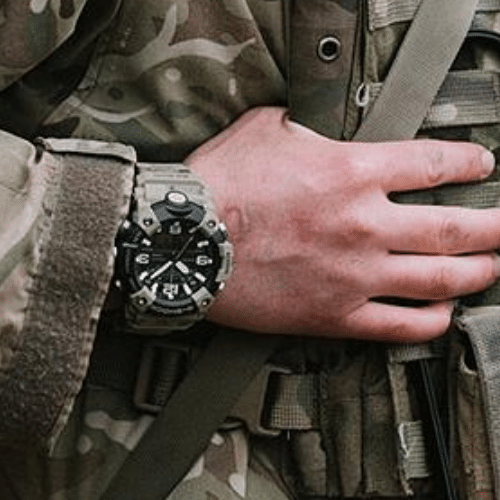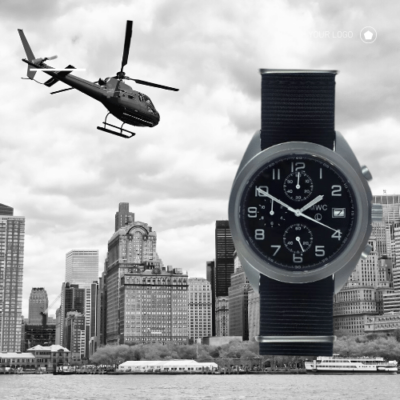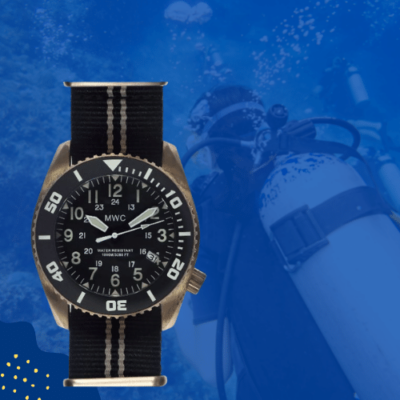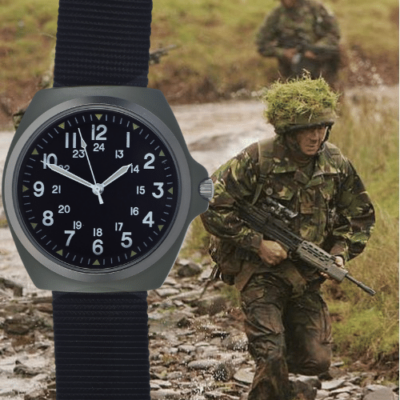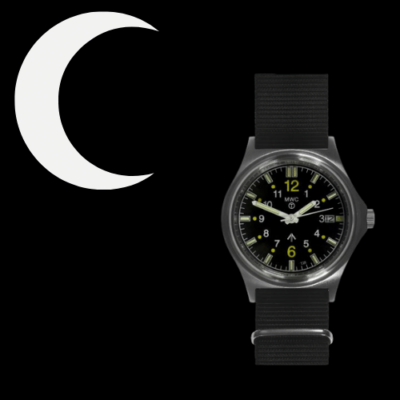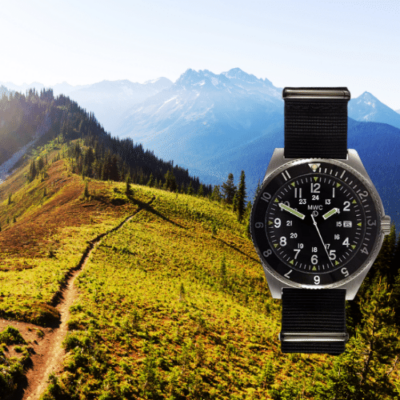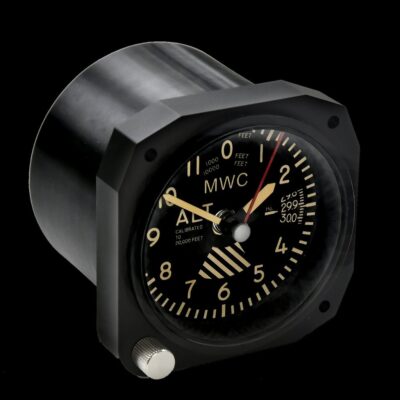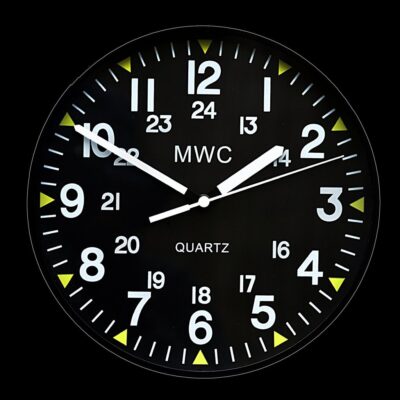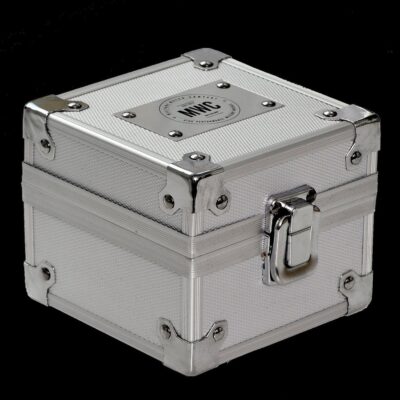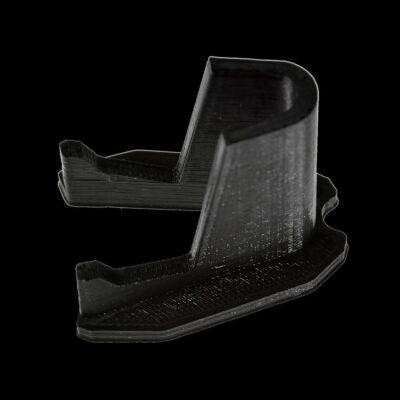News
China’s First Supecarrier Now Permanently Based in the Contested South China Sea: Encounters with Western Navies Likely
The Chinese People’s Liberation Army Navy has confirmed that the country’s first supercarrier the Fujian is now permanently based at Sanya Military Port on Hainan Island, positioning the warship optimally for operations in the South China Sea, approximately 350 kilometres from the disputed Parcel Islands. The South China Sea has emerged as a central focus for U.S. and broader Western Bloc power projection operations since the implementation of the Obama Doctrine in the early 2010s, leading China to similarly buildup its forces including with the construction of artificial islands with major military facilities including airfields. Close encounters between Chinese and Western Bloc forces have been frequent in the region, with long range fighters such as J-11s and J-16s frequently being scrambled to intercept Western warplanes in the region.
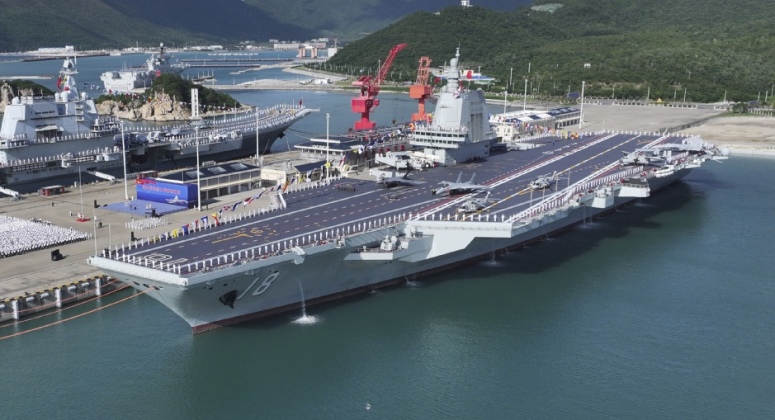
The Fujian’s entry into service represents a major landmark in China’s development of a maritime power projection capability, and while the warship is the country’s third capable of accommodating fixed wing aircraft, it is the first considered to have truly peer level capabilities to U.S. Navy supercarriers. The ship was commissioned into service on November 5, and is expected to provide the Navy with experience operating aircraft carriers on a level which only the U.S. Navy has prior experience with. A second much larger supercarrier is currently under construction. The warship’s operations under the Southern Theatre Command are expected to provide greater experience operating carrier air wings in highly contested theatres confronting near peer adversaries. It will also place additional pressure on Western Bloc forces in the region, at a time when the U.S. and its strategic partners are seeing their military capabilities face unprecedented challenges across multiple fronts.
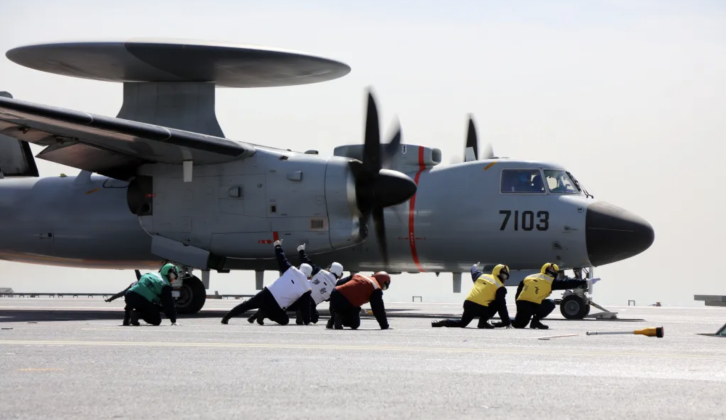
At 316 metres long, and 76 metres wide, the Fujian is by far the largest warship in the world outside the U.S. Navy. The development of China’s two prior carriers the Liaoning and Shandong, which have operated extensively in the South China Sea, are largely seen as stepping stones on the way to developing much more capable supercarriers, although even the two older vessels were already widely considered the most capable non-U.S. carriers in operation. The Fujian’s capabilities place it in a league of its own with the U.S. Navy’s Gerald Ford class supercarriers, with the two being the only types in the world that use modern electromagnetic catapult launch systems allowing them to accommodate aircraft with high takeoff weights. Compared to U.S. Navy Nimitz class and Gerald Ford class supercarriers, the Fujian is disadvantaged due to its lack of a fourth runway and launch system, meaning it can only launch fighters and support aircraft at 75 percent the rate. It nevertheless benefits from multiple advantages including a significantly more capable air wing, much lower maintenance requirements, and its position as the world’s only carrier capable of launching stealth fighters using catapult launch systems.

